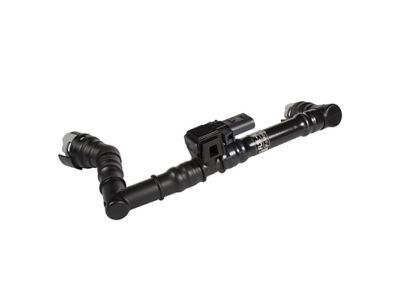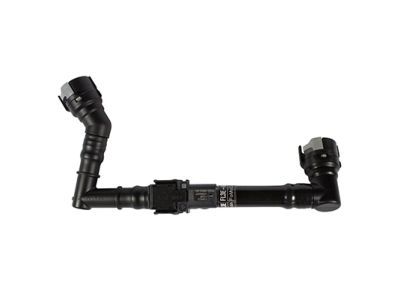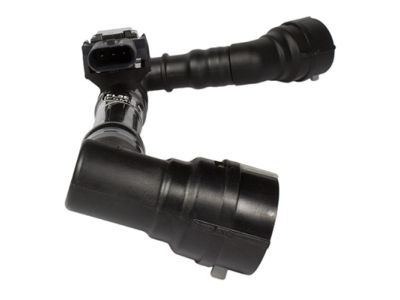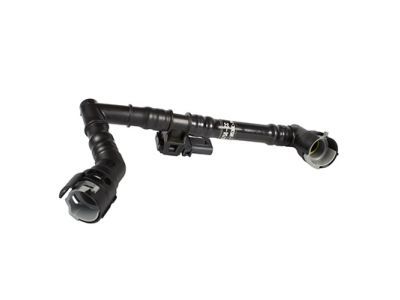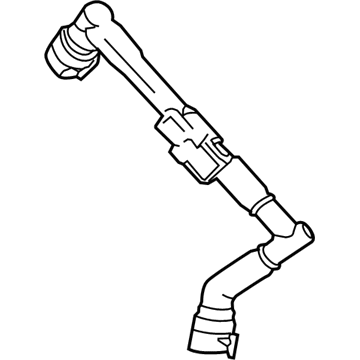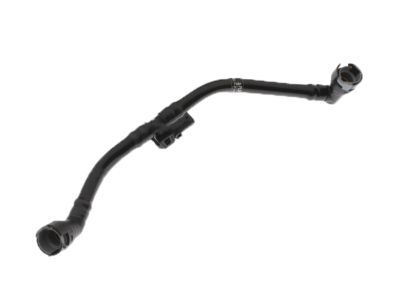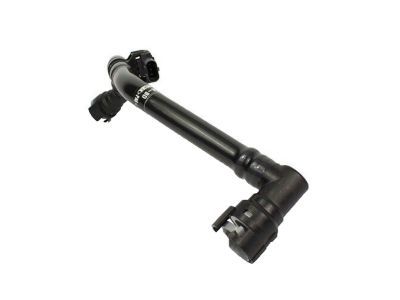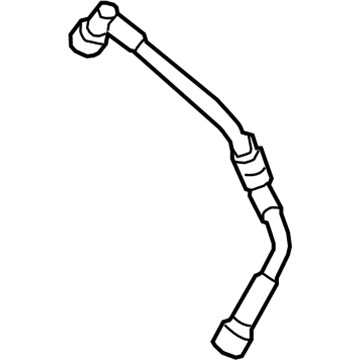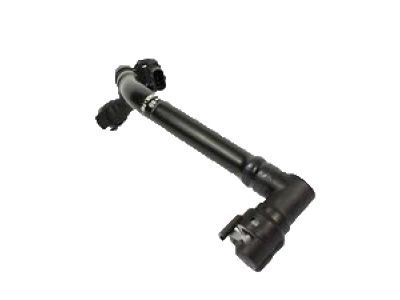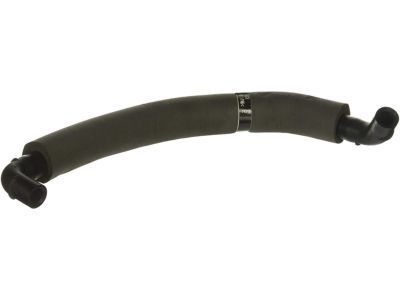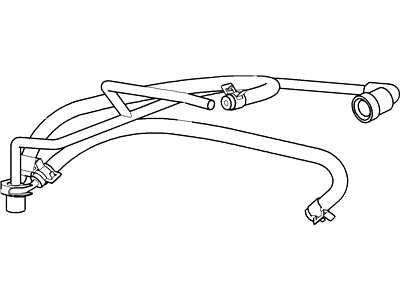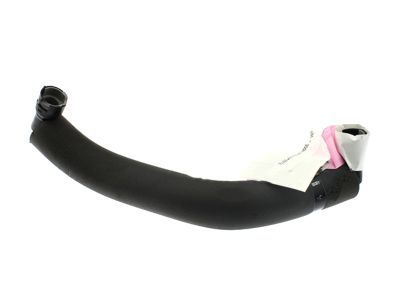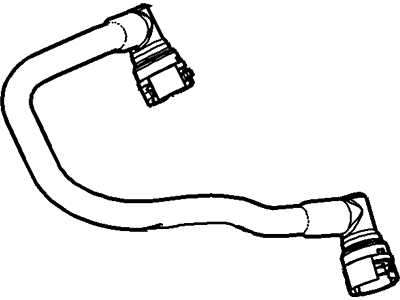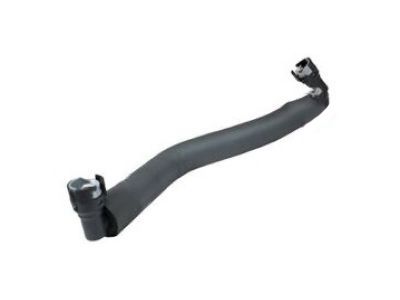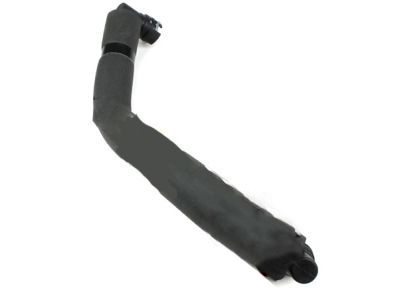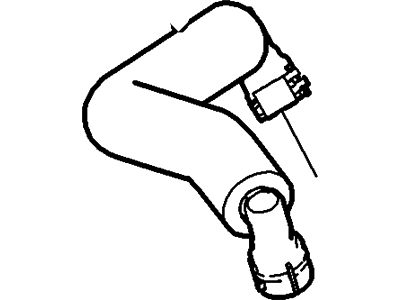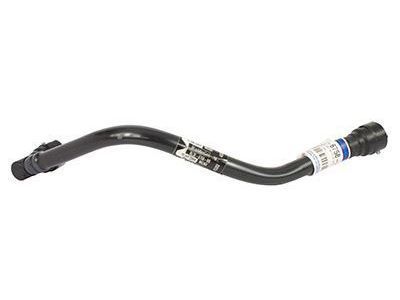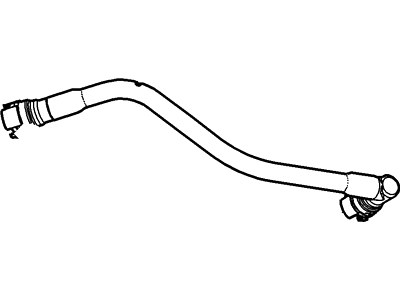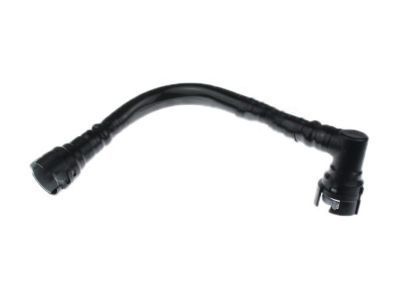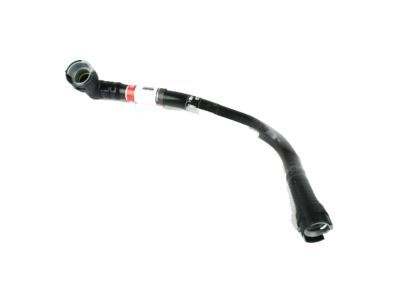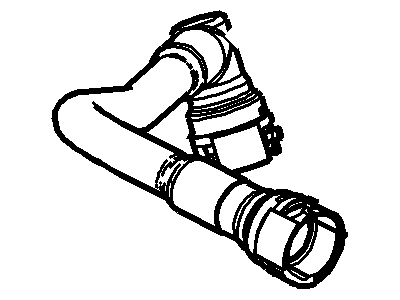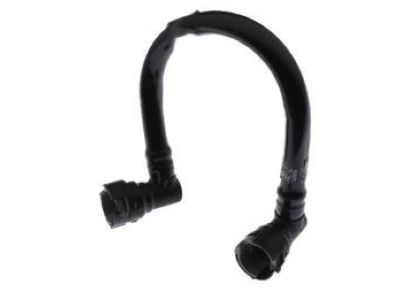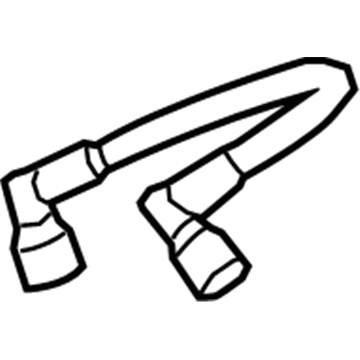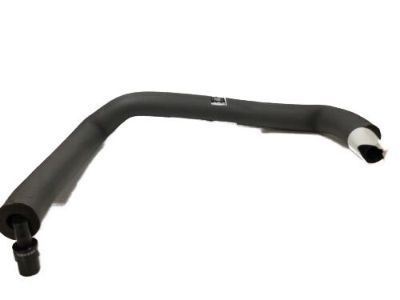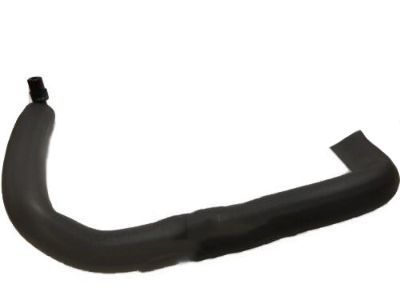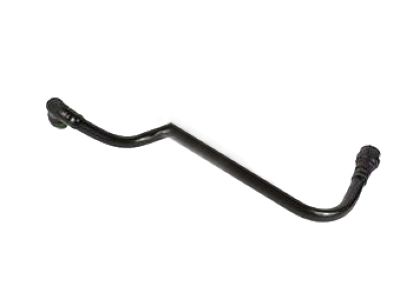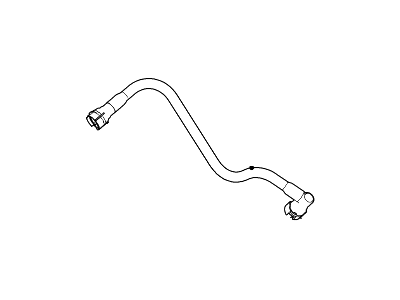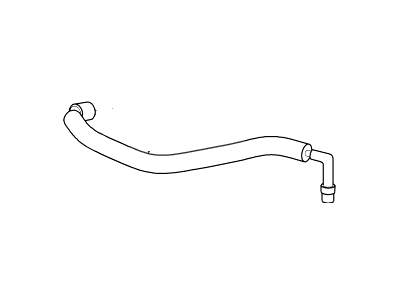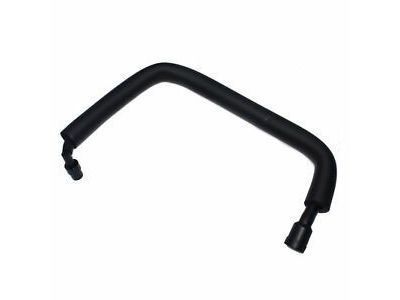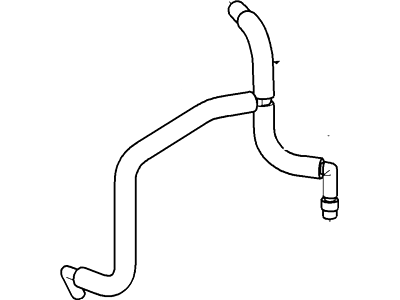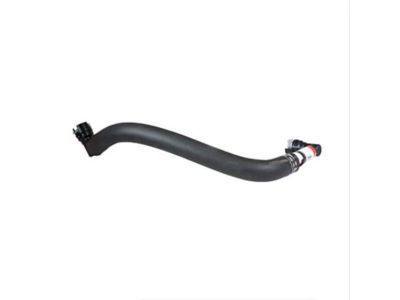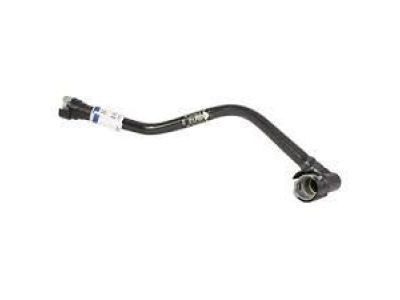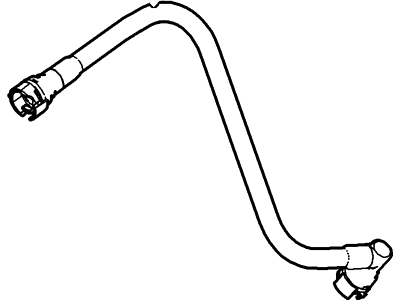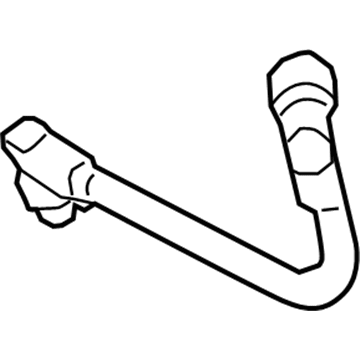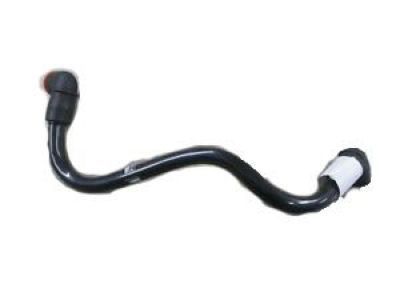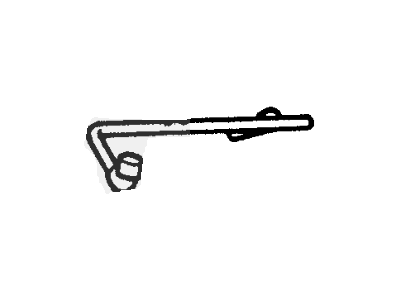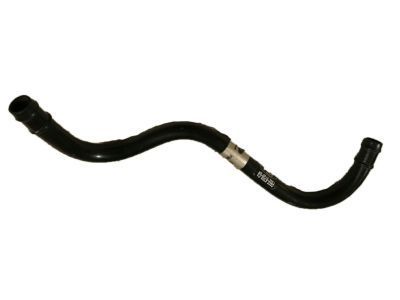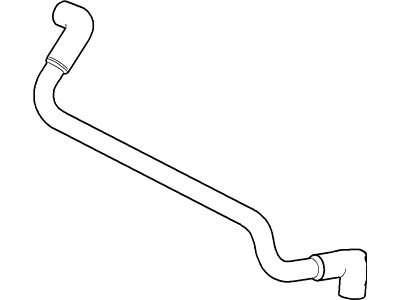

My Garage
My Account
Cart
Genuine Ford F-150 PCV Hose
PCV Valve Hose- Select Vehicle by Model
- Select Vehicle by VIN
Select Vehicle by Model
orMake
Model
Year
Select Vehicle by VIN
For the most accurate results, select vehicle by your VIN (Vehicle Identification Number).
84 PCV Hoses found
Ford F-150 Tube Assembly
Part Number: FL3Z-6758-D$45.08 MSRP: $64.77You Save: $19.69 (31%)Ships in 1-2 Business DaysFord F-150 Tube Assembly
Part Number: FL3Z-6758-B$45.08 MSRP: $64.77You Save: $19.69 (31%)Ships in 1-2 Business DaysFord F-150 Vent Hose
Part Number: 2L3Z-6A664-A$45.43 MSRP: $68.33You Save: $22.90 (34%)Ships in 1-2 Business DaysFord F-150 Vent Hose
Part Number: 7L3Z-6A664-B$44.92 MSRP: $65.67You Save: $20.75 (32%)Ships in 1-2 Business DaysFord F-150 Pcv Valve Hose
Part Number: BR3Z-6A664-A$28.50 MSRP: $41.67You Save: $13.17 (32%)Ships in 1-2 Business DaysFord F-150 Vent Hose
Part Number: 3L3Z-6A664-AA$79.97 MSRP: $121.17You Save: $41.20 (34%)Ships in 1-2 Business DaysFord F-150 Tube Assembly
Part Number: BL3Z-6758-A$26.38 MSRP: $37.58You Save: $11.20 (30%)Ships in 1-3 Business DaysFord F-150 Vent Hose
Part Number: DL3Z-6A664-A$13.90 MSRP: $19.80You Save: $5.90 (30%)Ships in 1 Business DayFord F-150 Vent Hose
Part Number: BL3Z-6A664-A$14.42 MSRP: $21.08You Save: $6.66 (32%)Ships in 1-2 Business DaysFord F-150 Vent Hose
Part Number: FT4Z-6A664-A$13.29 MSRP: $19.43You Save: $6.14 (32%)Ships in 1-2 Business DaysFord F-150 Connector
Part Number: F85Z-6C324-CA$32.43 MSRP: $46.20You Save: $13.77 (30%)Ships in 1-3 Business DaysFord F-150 Connector
Part Number: F75Z-6C324-JA$12.17 MSRP: $17.33You Save: $5.16 (30%)Ships in 1-2 Business DaysFord F-150 Vent Hose
Part Number: 4L3Z-6A664-AA$23.32 MSRP: $34.10You Save: $10.78 (32%)Ships in 1-2 Business DaysFord F-150 Tube Assembly
Part Number: 7L3Z-6758-A$24.71 MSRP: $35.20You Save: $10.49 (30%)Ships in 1-3 Business Days
| Page 1 of 5 |Next >
1-20 of 84 Results
Ford F-150 PCV Hose
We provide a wide range of Ford F-150 PCV Hose at the best prices possible. If you need Ford F-150 PCV Hose, you can shop with confidence on our website. All our OEM parts come with a manufacturer's warranty and are delivered to your door step with a fast delivery service.
Ford F-150 PCV Hose Parts Questions & Experts Answers
- Q: How to regularly inspect PCV hoses and other plastic, rubber, and metal pipes on Ford F-150?A:The high temperatures under the hood of your vehicle's engine, accessory, and emission systems can cause material degradation so rubber and plastic hoses must be regularly inspected. To avoid possible leaks check that clamps are properly tensioned and ensure there has been no expansion or hardening at fittings. The PCV system hose should also be checked for damage such as cracks or leaks. If necessary clear any blockages within the hose using solvent. When inspecting vacuum hoses make sure they match material specifications as well as examine plastic T-fittings for cracks and hose distortion. Detect leaks by using a small piece of vacuum hose like a stethoscope. When checking flexible fuel lines look for chafing, deterioration, and cracks form from misuse or age; use hoses designed for your fuel injection system to replace them if needed. Screw clamps must replace spring-type clips during the replacement process. Also, check metal lines for bending, crimping, or cracks.
Related Ford F-150 Parts
Browse by Year
2023 PCV Hose 2022 PCV Hose 2021 PCV Hose 2020 PCV Hose 2019 PCV Hose 2018 PCV Hose 2017 PCV Hose 2016 PCV Hose 2015 PCV Hose 2014 PCV Hose 2013 PCV Hose 2012 PCV Hose 2011 PCV Hose 2010 PCV Hose 2009 PCV Hose 2008 PCV Hose 2007 PCV Hose 2006 PCV Hose 2005 PCV Hose 2004 PCV Hose 2003 PCV Hose 2002 PCV Hose 2001 PCV Hose 2000 PCV Hose 1999 PCV Hose 1998 PCV Hose 1997 PCV Hose 1996 PCV Hose 1995 PCV Hose 1994 PCV Hose 1993 PCV Hose 1992 PCV Hose 1991 PCV Hose 1990 PCV Hose 1989 PCV Hose 1988 PCV Hose 1987 PCV Hose 1986 PCV Hose 1985 PCV Hose 1984 PCV Hose 1983 PCV Hose 1982 PCV Hose 1981 PCV Hose 1980 PCV Hose
